Roosevelt elk are native to the upper Snoqualmie valley, and flourished for many years on the valley's forested foothills and flat prairie floor. However, in recent times, the local elk population has fluctuated greatly, depending on whether the elk were viewed as an asset or a liability by the humans sharing their environment.
The Snoqualmie Tribe actively maintained the land that is now Meadowbrook Farm to keep it open prairie, and hunted the elk there as a food source for several thousand years. When the first settlers arrived in 1858, they began hunting also, with firearms, and soon the elk population all but disappeared. In 1913, an effort was made to increase elk in the valley. The county game warden obtained 39 Rocky Mountain elk from Yellowstone National Park. The elk arrived in railroad cars, and were released in the Snoqualmie Valley as a feature of the National Elks Convention, hosted that year in Seattle. The population quickly increased, and soon began causing extensive crop damage to local farmers.
Eventually most of the elk were confined to the island in the millpond, surrounded by log booms. After World War II many starved in the hard winter of 1945, despite hay feeding endeavors. A rescue effort was planned to save and remove the remaining elk from the Snoqualmie valley.
Although small numbers of elk remained in the Cedar River Watershed, elk were not commonly seen in the upper Snoqualmie Valley until the mid-1990's, when small bands began moving on to the valley floor. Now elk again flourish in the forested edges and prairie remnants of the Snoqualmie Valley, and collaborative efforts are underway to minimize safety and damage issues while assuring their healthy future.
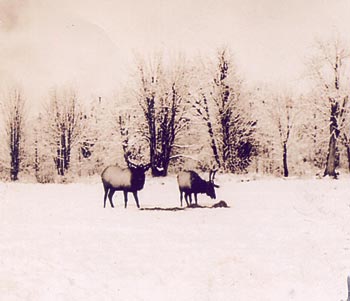
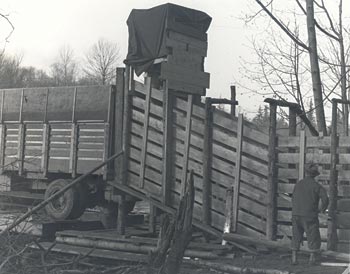
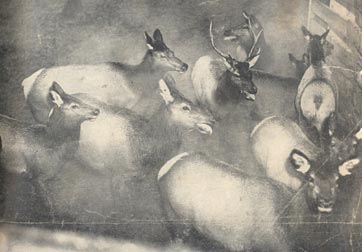
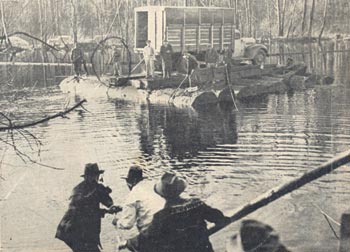

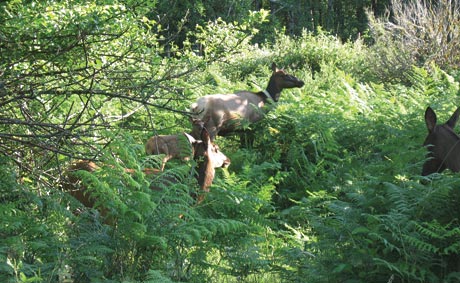
The mission of the Upper Snoqualmie Valley Elk Management Group is to work collaboratively to minimize property damage and public safety risks associated with elk, and to manage elk for a variety of recreational, educational and aesthetic purposes, including hunting, scientific study, cultural and ceremonial uses by Native Americans, wildlife viewing and photography.
Learn more at snoqualmievalleyelk.org .